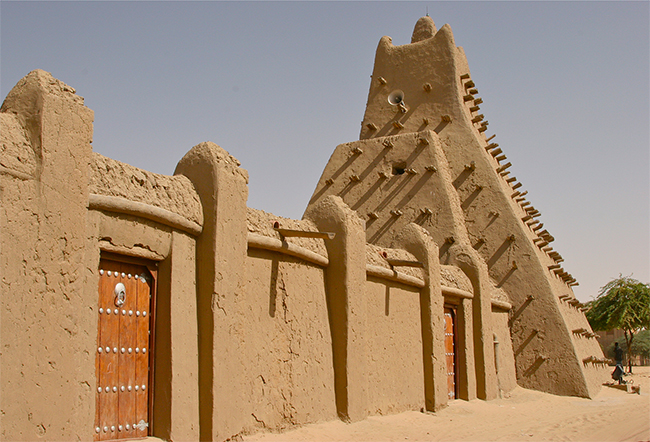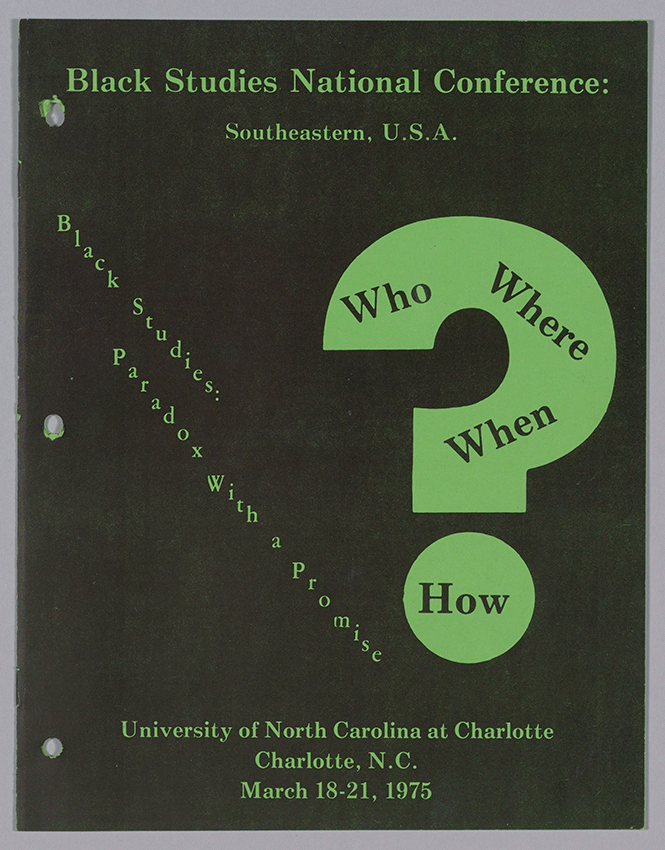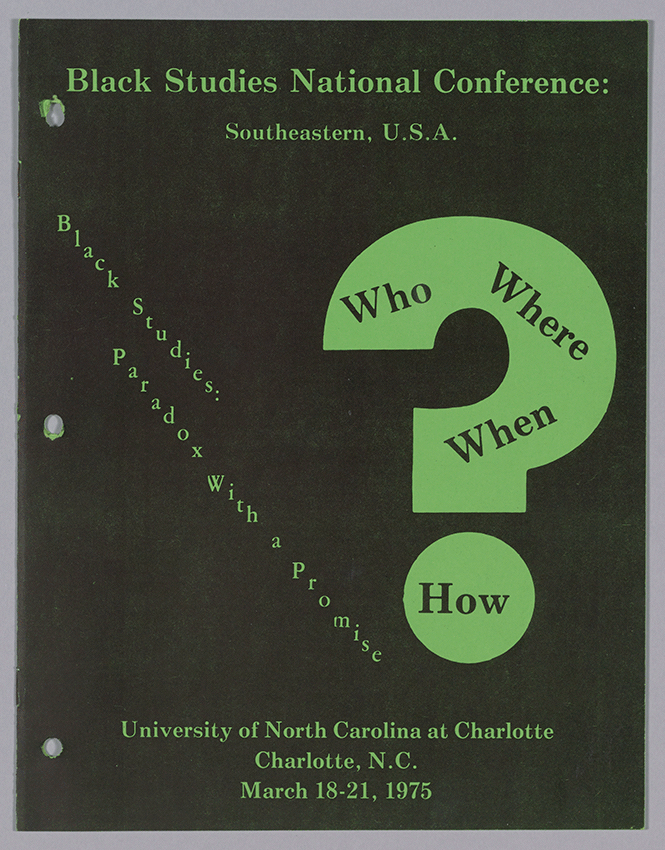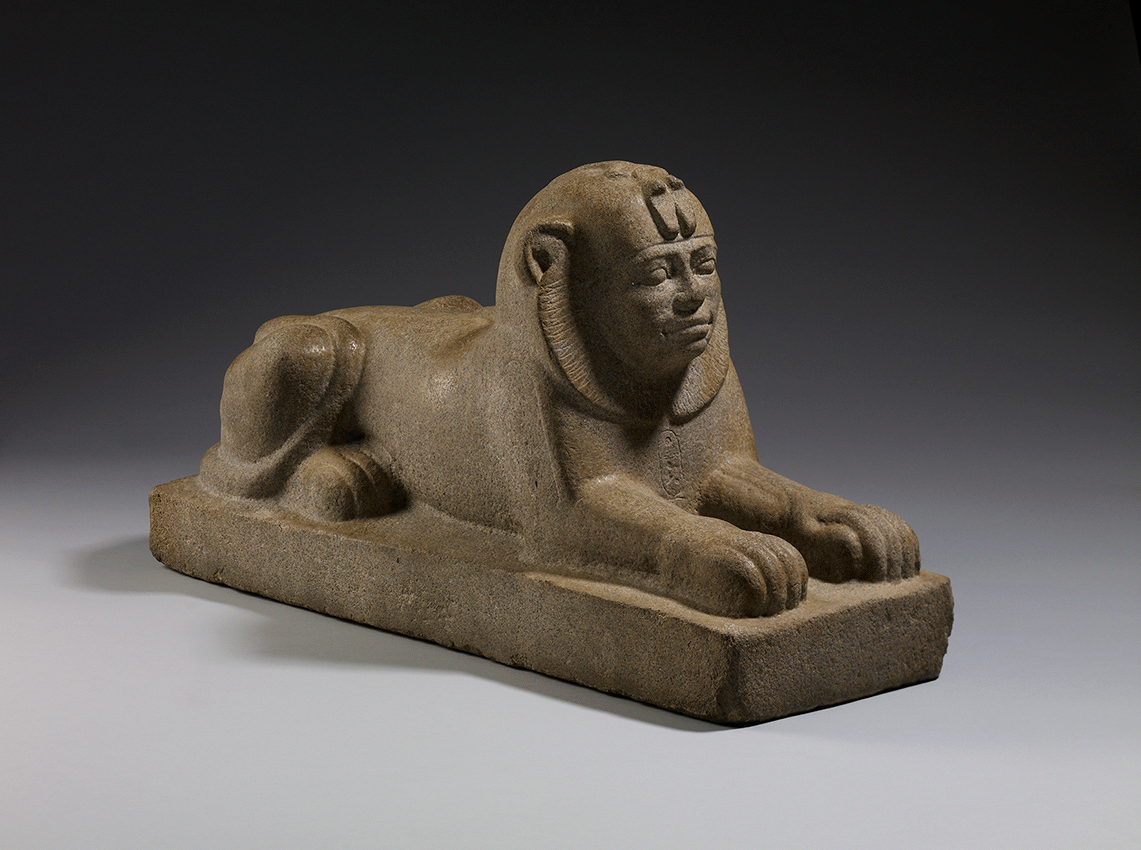AP AfAm Sem 1 Exam
1/17
There's no tags or description
Looks like no tags are added yet.
Name | Mastery | Learn | Test | Matching | Spaced |
|---|
No study sessions yet.
18 Terms
“I look upon slavery as I do upon a deadly poison. The slaves are not contented nor happy in their lot.... The man I belonged to did not give us enough to eat. My feet were frostbitten on my way North, but I would rather have died on the way than to go back.
I have had to go through a great deal of affliction; I have been compelled to work when I was sick. I used to have rheumatism, and could not always do so much work as those who were well, —then I would sometimes be whipped. I have never seen a runaway that wanted to go back, —I have never heard of one.
The fear of being sold South had more influence in inducing me to leave than any other thing. Master used to say, that if we didn’t suit him, he would put us in his pocket quick—meaning he would sell us....
I have found good friends in Canada, but have been able to do no work on account of my frozen feet,—I lost two toes from my right foot. My determination is to go to work as soon as I am able....”
Why are narratives such as Johnson’s critical to the discipline of African American Studies?
They serve as historical accounts that connect to the present and demonstrate the humanity of African Americans.

Which statement is best supported by the data shown on the map?
The population of Addis Ababa is over 1,000,000.

The low population density of North Africa correlates to which of the following climate regions?
Desert

One of Timbuktu's three great mosques, Sankoré Mosque, associated with Sankoré University, helped establish Timbuktu as the world center of Islamic learning from the thirteenth century to the seventeenth century.
Source 2
“Timbuktu...was an intellectual and spiritual capital and a centre for the propagation of Islam throughout Africa in the fifteenth and sixteenth centuries. Its three great mosques, Djingareyber, Sankoré and Sidi Yahia, recall Timbuktu's golden age....
Founded in the fifth century, the economic and cultural apogee1 of Timbuktu came about during the fifteenth and sixteenth centuries. It was an important centre for the diffusion of Islamic culture with the University of Sankoré, with...25,000 students. It was also a crossroads and an important market place where the trading of manuscripts was negotiated, and...gold was sold....
The mosques and holy places of Timbuktu have played an essential role in the spread of Islam in Africa at an early period; the three great mosques of Timbuktu...bear witness to the golden age of the intellectual and spiritual capital at the end of the Askia dynasty; and the three mosques and mausoleums are outstanding witnesses to the urban establishment of Timbuktu, its important role of commercial, spiritual and cultural centre on the southern trans-Saharan trading route, and its traditional characteristic construction techniques.”
Which of the following explains the significance of the Mali Empire to the discipline of African American Studies?
It is an example of an advanced West African empire with a documented history of cultural contributions.
Today this place is full of noise and jollity.
The guiding spirit that enables my husband to forge makes him do wonders.
All those who lack hoes for weeding, come and buy!
Hoes and choppers are here in plenty.
My husband is a craftsman in iron,
Truly a wizard at forging hoes.
Ah, here they are! They have come eager to find hoes.
Ah, the iron itself is aglow, it is molten red with heat,
And the ore is ruddy and incandescent.
My husband is an expert in working iron,
A craftsman who sticks like wax to his trade.
On the day when the urge to forge comes upon him,
The bellows do everything but speak.
The pile of slag rises higher and higher.
Just look at what has been forged,
At the choppers, at the hoes, at the battle axes,
And here at the pile of hatchets, large and small.
Then look at the double-bladed knives and the adzes.
Merely to list them all seems like boasting.
As for fowls and goats, they cover my yard.
They all come from the sale of tools and weapons.
Here is where you see me eating at ease with a spoon.
Which of the following statements best describes the poem’s primary purpose?
To praise the speaker’s husband for his craft and express gratitude for the wealth it provides
“We are sometimes asked ‘Do you speak African?’, as if there were but a single African language. A recent authority (Grimes (ed.) 1996) puts the number of African languages at 2,035: this number is not fixed, as some languages are still being ‘discovered’, while others with few speakers are being eliminated. Excluding languages introduced over the past two millennia or so, such as Arabic, Malagasy, Afrikaans, English, French, Spanish, and Portuguese, this figure of just over 2,000 breaks down into four large phyla: Niger-Congo 1,436 languages (including the Bantu family, which itself is often said to have 500 members), Afroasiatic 371, Nilo-Saharan 196 and Khoisan 35. A few Afroasiatic languages are spoken exclusively outside Africa, in the Middle East, which would reduce the figure for Africa somewhat. If we believe this figure of 2,000, then it represents nearly one-third of the world's languages.”
Which of the following statements best represents one important outcome related to the argument in the excerpt?
Bantu linguistic family contains hundreds of languages that are spoken throughout West, Central, and Southern Africa today.
“We are sometimes asked ‘Do you speak African?’, as if there were but a single African language. A recent authority (Grimes (ed.) 1996) puts the number of African languages at 2,035: this number is not fixed, as some languages are still being ‘discovered’, while others with few speakers are being eliminated. Excluding languages introduced over the past two millennia or so, such as Arabic, Malagasy, Afrikaans, English, French, Spanish, and Portuguese, this figure of just over 2,000 breaks down into four large phyla: Niger-Congo 1,436 languages (including the Bantu family, which itself is often said to have 500 members), Afroasiatic 371, Nilo-Saharan 196 and Khoisan 35. A few Afroasiatic languages are spoken exclusively outside Africa, in the Middle East, which would reduce the figure for Africa somewhat. If we believe this figure of 2,000, then it represents nearly one-third of the world's languages.”
Which of the following conclusions can be made from the data included in the excerpt?
Bantu is one of the largest linguistic families in Africa.

Which of the following provides the most helpful context for understanding the broader development of trade throughout the interior of the African continent?
Multiple regions are connected by rivers within the continent.

Which of the following conclusions can most accurately be drawn from the information on the map?
Variations in regional climates led to diverse trade opportunities in Africa.

Which of the following statements accurately describes a connection between the geography of Africa and the development of early societies on the continent?
The accessibility of seas and oceans supported the development of early societies.

Which of the following statements best explains the emergence of population centers in the Sahel and savannah grasslands of Africa?
Fertile land supported the domestication of animals.
“The study of African American oratory is intricately interwoven with the study of history; and a central aspect of African American history is the persistent public discussions related to our American experience. Having to defend our humanity, to agitate for minimal rights, and to soothe the raw emotions of mistreated fellows, our speakers have been forced to develop articulate and effective speech behavior on the platform. That a principal dimension of black history is encompassed by platform activities in the form of lectures, sermons, and agitations should [be understood] without question [by] the student familiar with history.
Unable to read or write English and forbidden by law (in most states) to learn, the African in America early cultivated the natural fascination with nommo, the word, and demonstrated a singular appreciation for the subtleties, pleasures, and potentials of the spoken word, which has continued to enrich and embolden [the African American’s] history. Thus, in part because of strict antiliteracy laws during slavery, vocal communication became, for a much greater proportion of blacks than whites, the fundamental medium of communication.”
Which of the following statements best summarizes the author’s overall argument?
The spoken word is an essential part of the history of the African American community.
“Black Studies, as a socially engaged field of scholarly inquiry, is the progeny1 of centuries of research that seeks to redress long-standing misconceptions of Black inferiority, African heritage, and cultural significance. As early as the nineteenth century, groundbreaking volumes containing radical reinterpretations of Black history were published....
Historic social justice movements...led to fundamental alterations in...institutions of higher learning. The first contemporary initiatives toward the establishment of Black Studies programs on college campuses were ignited at Merritt Junior College in Oakland, California, in 1963.... Between 1968 and 1975 over five hundred academic units (programs and departments) offering Black Studies courses were in place across the country.... Black students and other students of color...challenged mainstream scholarly discourse.”
Which of the following explains a reason scholars began to produce “radical reinterpretations” of Black history?
To challenge prevailing myths about the lack of contributions of Afro-descendants
“Black Studies, as a socially engaged field of scholarly inquiry, is the progeny1 of centuries of research that seeks to redress long-standing misconceptions of Black inferiority, African heritage, and cultural significance. As early as the nineteenth century, groundbreaking volumes containing radical reinterpretations of Black history were published....
Historic social justice movements...led to fundamental alterations in...institutions of higher learning. The first contemporary initiatives toward the establishment of Black Studies programs on college campuses were ignited at Merritt Junior College in Oakland, California, in 1963.... Between 1968 and 1975 over five hundred academic units (programs and departments) offering Black Studies courses were in place across the country.... Black students and other students of color...challenged mainstream scholarly discourse.”
Which of the following claims best characterizes the emergence of African American Studies?
The development of African American Studies was a process that involved artistic, intellectual, and political endeavors to document Black experiences and contributions.
“Black Studies, as a socially engaged field of scholarly inquiry, is the progeny1 of centuries of research that seeks to redress long-standing misconceptions of Black inferiority, African heritage, and cultural significance. As early as the nineteenth century, groundbreaking volumes containing radical reinterpretations of Black history were published....
Historic social justice movements...led to fundamental alterations in...institutions of higher learning. The first contemporary initiatives toward the establishment of Black Studies programs on college campuses were ignited at Merritt Junior College in Oakland, California, in 1963.... Between 1968 and 1975 over five hundred academic units (programs and departments) offering Black Studies courses were in place across the country.... Black students and other students of color...challenged mainstream scholarly discourse.”
The development of Black Studies and African American Studies is most closely related to
the growth of the Black Campus movement in the 1960s and 1970s

Which of the following statements best describes the context in which this program was created?
In the years immediately before this conference, college students participated in the Black Campus movement, demanding culturally relevant learning opportunities.

Which of the following statements best describes African American Studies?
It uses an interdisciplinary approach to analyze the history, culture, and contributions of people of African descent.

The sculpture depicted in the image best provides evidence of which of the following?